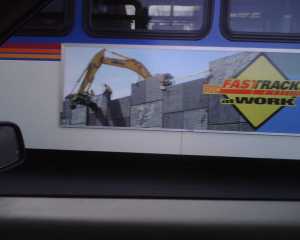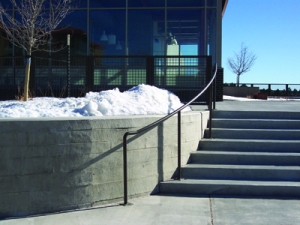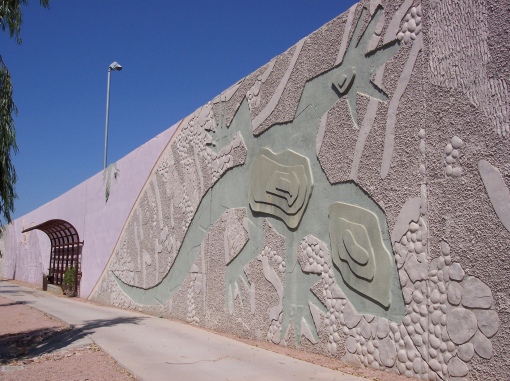In the United States alone, more than 20 percent of bridges are either “structurally deficient” (SD) or “functionally obsolete” (FO), according to a study conducted by Better Roads magazine.
While the Stimulus Plan continues to fund badly needed road repairs, based on statistics, there are still quite a few bridges that could benefit. Below are the top five ranked states with the highest numbers of “structurally deficient” or “functionally obsolete” bridges:
| State |
# of Bridges |
# of SD/FO Bridges |
SD/FO % |
| 1. Texas |
50,316 |
9,564 |
19 percent |
| 2. Pennsylvania |
23,562 |
9,130 |
39 percent |
| 3. Missouri |
24,096 |
7,103 |
29 percent |
| 4. Ohio |
30,617 |
6,993 |
23 percent |
| 5. Oklahoma |
23,646 |
6,904 |
29 percent |
Source: Better Roads magazine
The Benefits of Concrete Compared to Steel Bridges
While the main source of bridge failure is a result of structural and design deficiencies, we can also look at the statistics behind the materials used, focusing on concrete and steel. To present this point, we can examine the National Bridge Inventory data for structures built since 1950, which shows that 17 percent of steel bridges in the United States are considered “structurally deficient,” while reinforced concrete and pre-stressed concrete, the percentage are only 7 percent and four percent, respectively (Source: National Concrete Bridge Council). Here’s why more than 70 percent of the bridges built today are made of concrete:
The properties of concrete, including permeability, ductility, freeze-thaw resistance, durability, abrasion resistance, reactivity and strength cater to the building of stable bridges.

The Rainbow Arch Bridge, shown in the above picture, was built in 1922. Despite years of age, the design structure and the concrete endured the test of time, and the bridge now stands as a historic monument.

The plaque identifies the Rainbow Bridge as a historic monument.
Safety
In terms of safety, concrete performs well despite natural and man-made disasters, including seismic activity. Because of its mass, concrete can better withstand heavy winds in excess of 200 miles per hour along with flying debris. (Source: Buildings magazine)
Cost
Even with the spike in cost of construction materials, the cost of concrete has remained relatively steady, whereas structural steel has increased by nearly 50 percent over mill prices since November 2003. (Source: Buildings magazine)
Aesthetics
Concrete can actually be transformed into art through texture, staining and even embedding thin brick.














Recent Comments